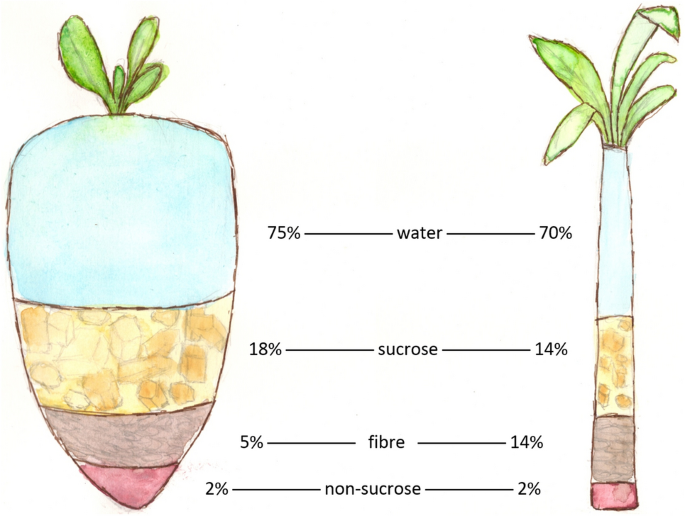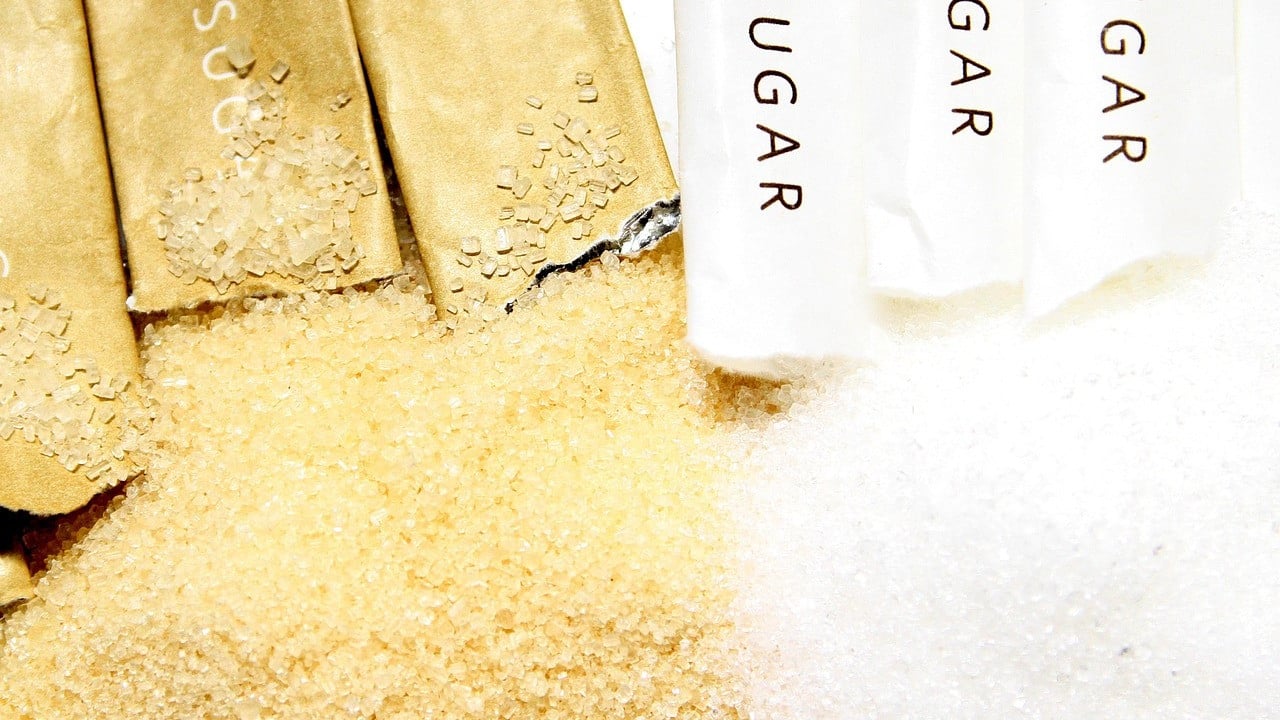When considering beet sugar vs cane sugar, some prefer one for cooking while others favor the alternative.
When considering beet sugar vs cane sugar, some prefer one for cooking while others favor the alternative.
Blog Article
Discover the Uses and Perks of Beet Sugar Vs Cane Sugar in Your Daily Diet Plan
Checking out the unique high qualities of beet and cane sugar reveals even more than just their sweetening abilities; it highlights their distinct effects on wellness and cooking arts. Beet sugar, recognized for its refined taste, is typically favored in delicate desserts, whereas cane sugar, with its tip of molasses, includes splendor to durable dishes. Each type holds its own nutritional profile and glycemic ramifications, inviting a deeper understanding of their roles in a balanced diet plan and sustainable usage methods.
Beginning and Manufacturing Procedures of Beet and Cane Sugar

The unique climates and soil kinds needed for growing sugar beets and sugarcane add to distinctions in their cultivation methods and geographical circulation, affecting the economics and sustainability of their manufacturing. beet sugar vs cane sugar.
Nutritional Contrast Between Beet Sugar and Cane Sugar
Despite originating from different plants, beet sugar and cane sugar are nutritionally very similar, both largely containing sucrose. Each supplies regarding 4 calories per gram, translating to roughly 16 calories per tsp. Structurally, both sugars are made up of approximately 99.95% sucrose, with marginal quantities of various other substances like dampness and trace minerals, which do not substantially modify their dietary accounts.

Ultimately, when picking in between beet sugar and cane sugar based upon dietary material alone, both offer the same benefits and downsides as they are basically types of the very same molecule-- sucrose, giving quick power without other nutrients.
Effect On Health And Wellness: Glycemic Index and Caloric Material
Exploring even more into the impacts of beet sugar and cane sugar on health and wellness, it is crucial to consider their glycemic index and caloric material. The glycemic index (GI) of both beet and cane sugar is around 65, categorizing them as high-GI foods, which can trigger quick spikes in blood glucose levels.
Each sort of sugar consists of about 4 calories per gram, making their caloric material equivalent. For those keeping an eye on calorie intake, especially when taking care of weight or metabolic health conditions, comprehending this equivalence is important (beet sugar vs cane sugar). Extreme consumption of any kind of high-calorie, high-GI food can contribute to health and wellness issues such as excessive weight, heart illness, and insulin resistance.
Environmental and Economic Factors To Consider of Sugar Production
Beyond health and wellness influences, the production of beet and cane sugar likewise elevates substantial ecological and financial concerns. Sugar beet growing often tends to require cooler environments and has a reduced geographical footprint compared to sugar cane, which grows in tropical areas.
In addition, making use of pesticides and fertilizers in both beet and cane sugar cultivation can cause soil deterioration and pollution, further impacting biodiversity and local water bodies (beet sugar vs websites cane sugar). The option in between cultivating sugar beet or cane usually depends upon regional environmental conditions and financial factors, making the sustainability of sugar manufacturing a complex problem
Culinary Applications and Flavor Differences
While the ecological and financial facets these details of sugar production are without a doubt substantial, the selection in between beet and cane sugar also influences culinary applications and taste profiles. Beet sugar, stemmed from the sugar beet plant, is recognized for its remarkably neutral taste. This makes it a flexible active ingredient in cooking, where it does not change the taste of various other parts. It dissolves swiftly and is ideal for use in cakes, cookies, and pastries.
Walking cane sugar, drawn out from sugarcane, typically maintains molasses traces, which present a distinctive splendor and deepness. This minor molasses taste enhances the complexity of baked products, sauces, and marinades. It is especially favored in items where a sugar undertone is wanted, such as in brownies or gingerbread. The slight variation in moisture web content between beet and cane sugar can influence the structure and uniformity of recipes, making cane sugar a recommended choice for details recipes that profit from its special properties.

Final Thought
Finally, both beet and cane sugar have distinctive origins and production procedures, supplying comparable dietary profiles with slight differences in sodium content and flavor. While their effect on wellness, specifically pertaining to glycemic index and calories, is equivalent, the option between them typically comes down to environmental, financial aspects, and certain culinary needs. Understanding these facets can lead customers in making informed choices that straighten with their health and wellness goals and flavor preferences.
Report this page